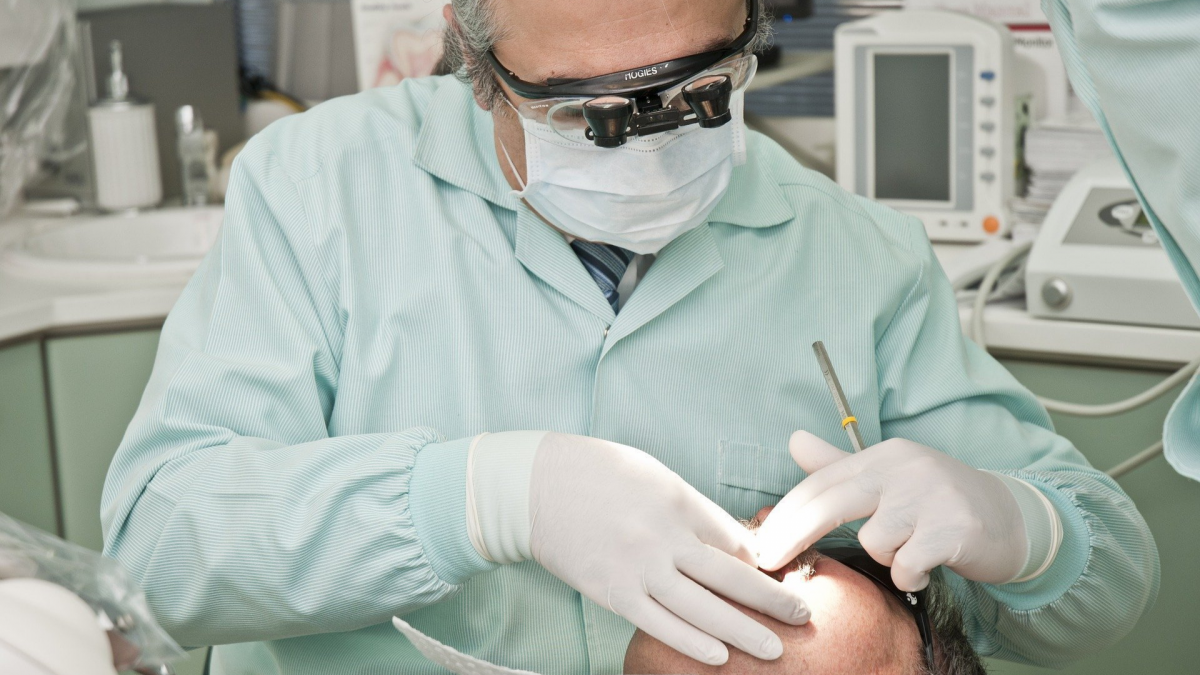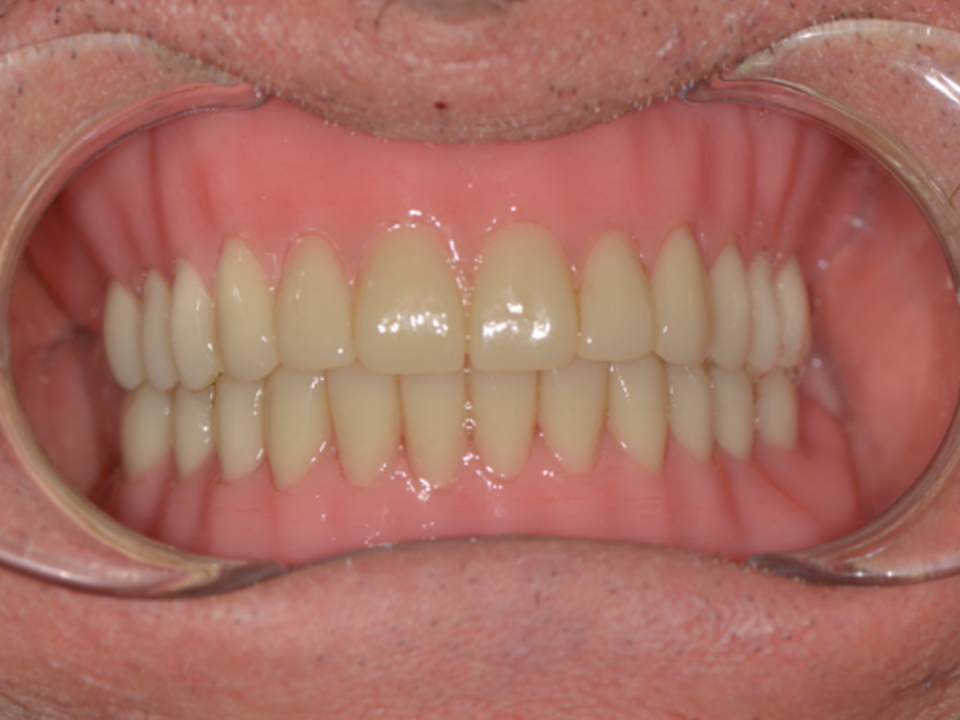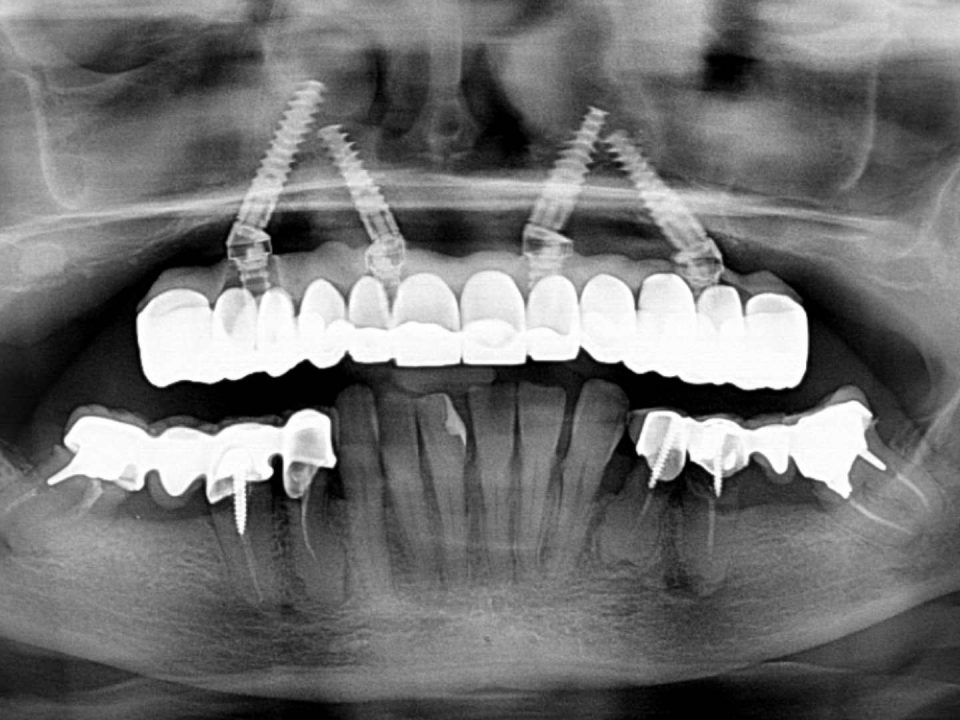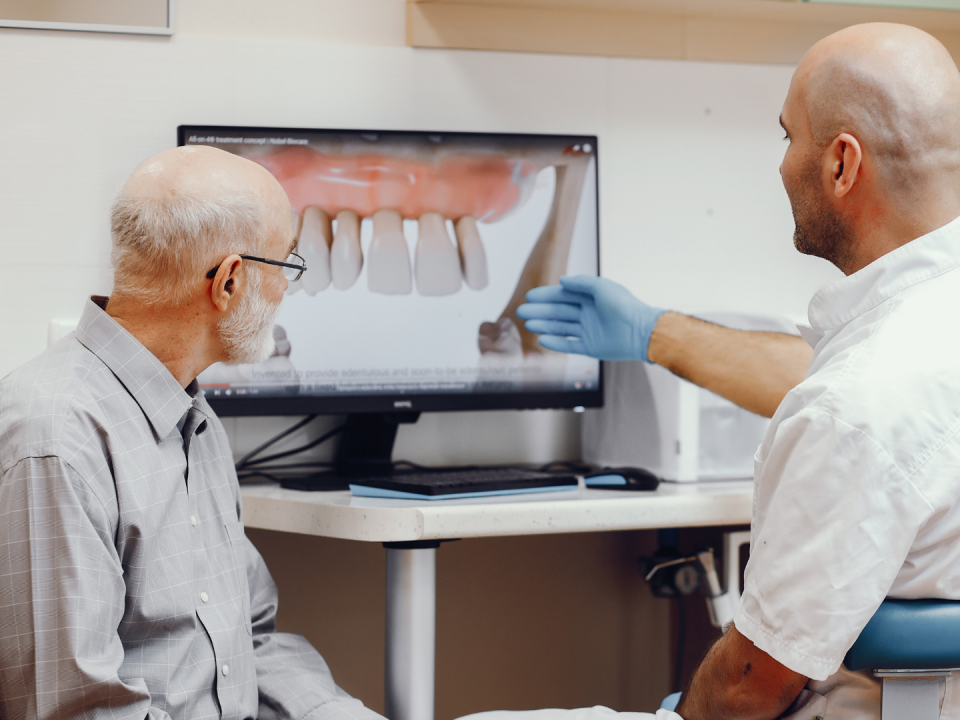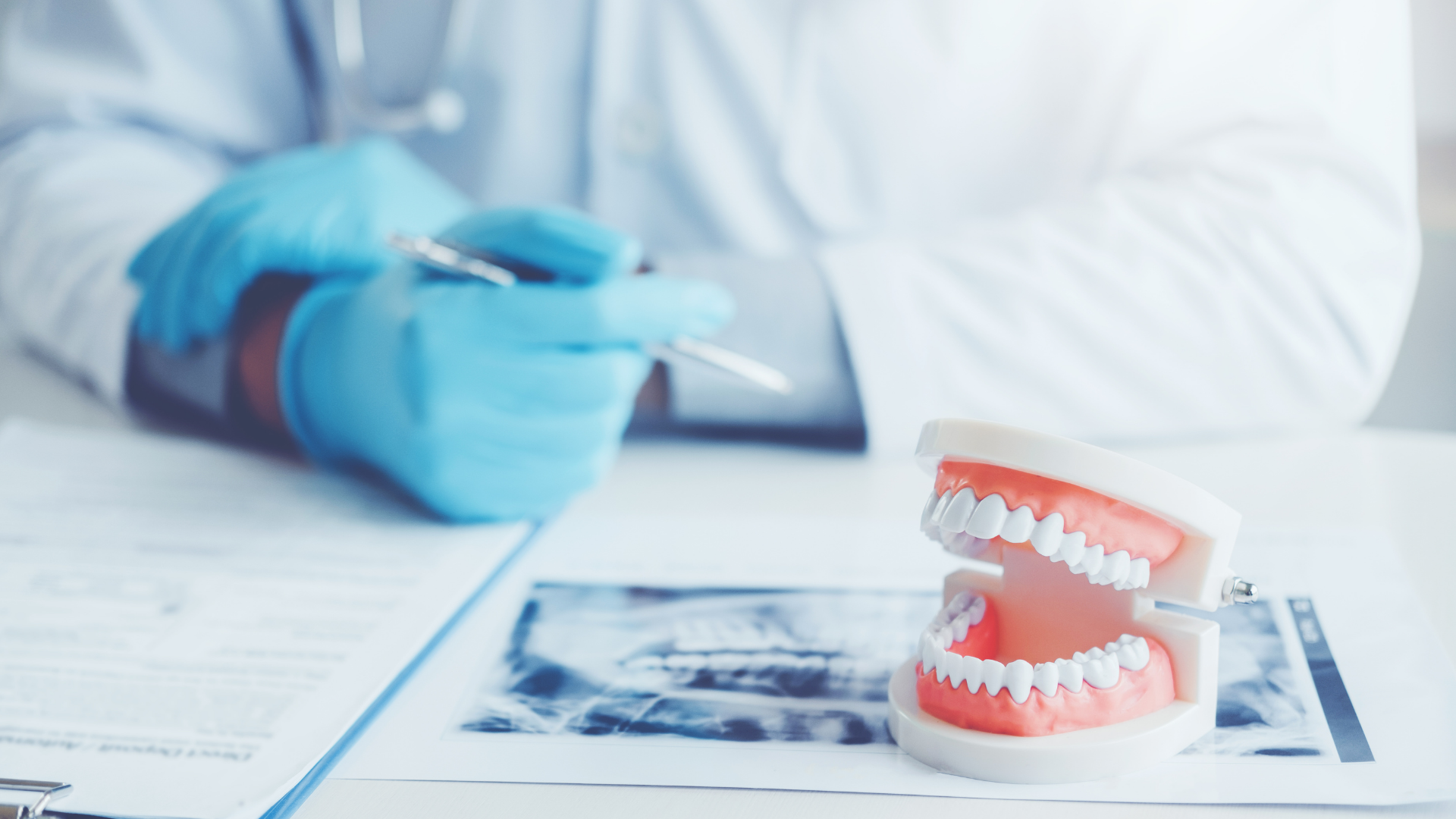
How teethan can help you in prosthetic rehabilitation
26 June 2020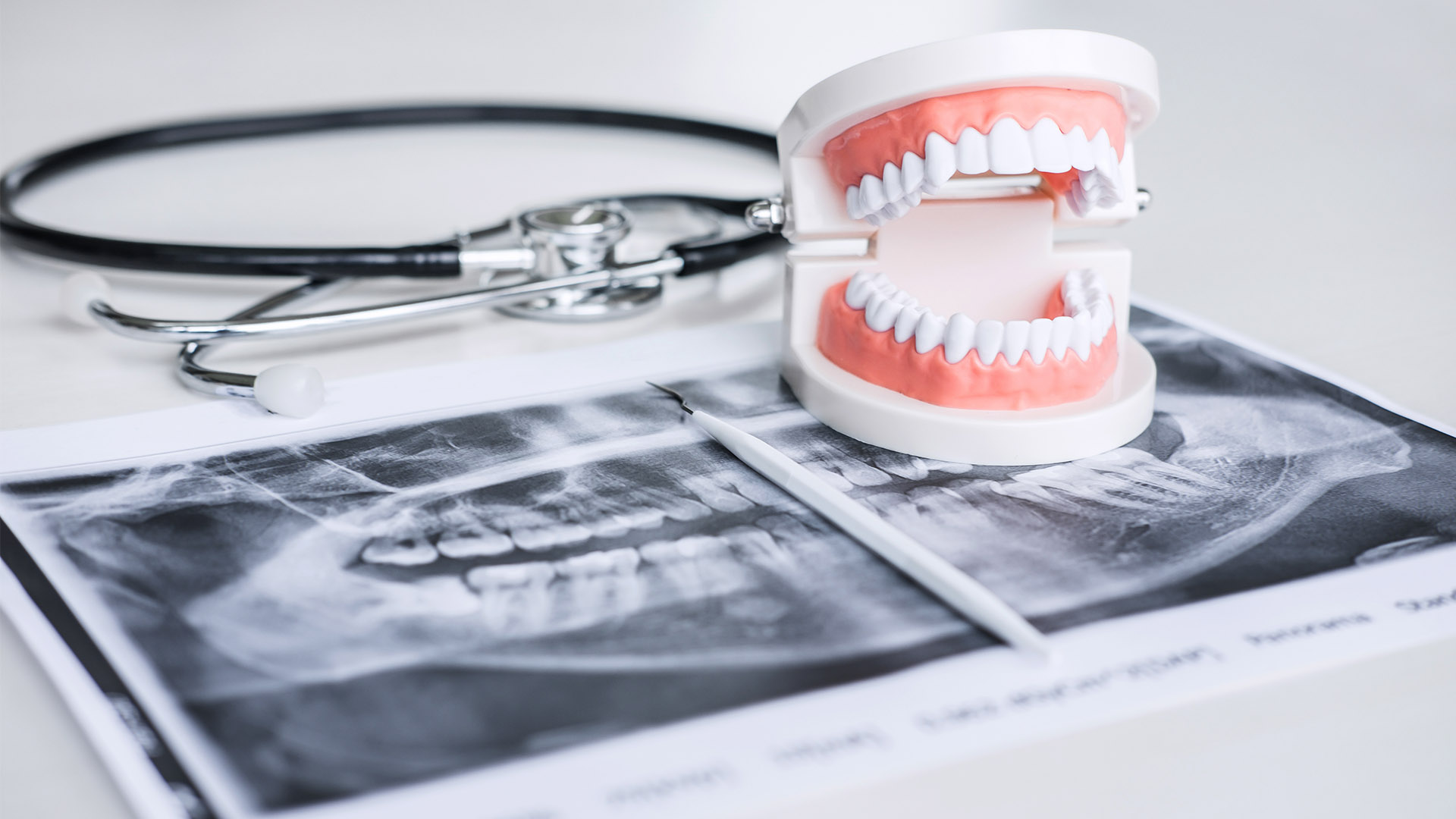
Temporomandibular joint evaluation in cases of Juvenile Idiopathic Arthritis
28 October 2020Background
Headeaches and temporomandibular disorders (TMD) are highly prevalent conditions that frequently co-exist in the same patient. They are often associated whit myofascial pain of masticatory, pericranial and neck muscles as well as dental occlusion alterations. In order to determine the correct management and treatment, clinical examination should be coupled whit functional assessment. Surface electromyography(sEMG) can make an objective recording - before and after treatment - of the masticatory and neck muscles (dys)function induced by dental occlusion, as a possible cause or aggravation factor of TMD associated with headeache.Case report
53-year-old woman affected by:- Chronic tension-type headeache (according to ICHD3- beta criteria)
- Pericranial tenderness
- TMD with myofascial long-lastin pain
- Dental occlusion alteration
- Dual bite
- Bruxism
Before treatment, sEMG data show an increased and more asymmetric standardized activity of temporalis anterior muscles, an anterior position of occlusal barycentre, the presence of right mandibular torque (precontact dental), asymmetric activities of SCM with cervical load, and decreased muscle work values compatible with pain and muscolar fatigue - probably as a consequence of nociceptive inputs.
After a month of treatment combining drugs, stabilization appliance and counseling, complete remission of muscle symptoms and normalization of all sEMG's indexes was registered, which confirms a successful outcome of the therapy.

